EXTREMELY LARGE WWII 1943 Italian Theater U.S. Army Operational Planning Map
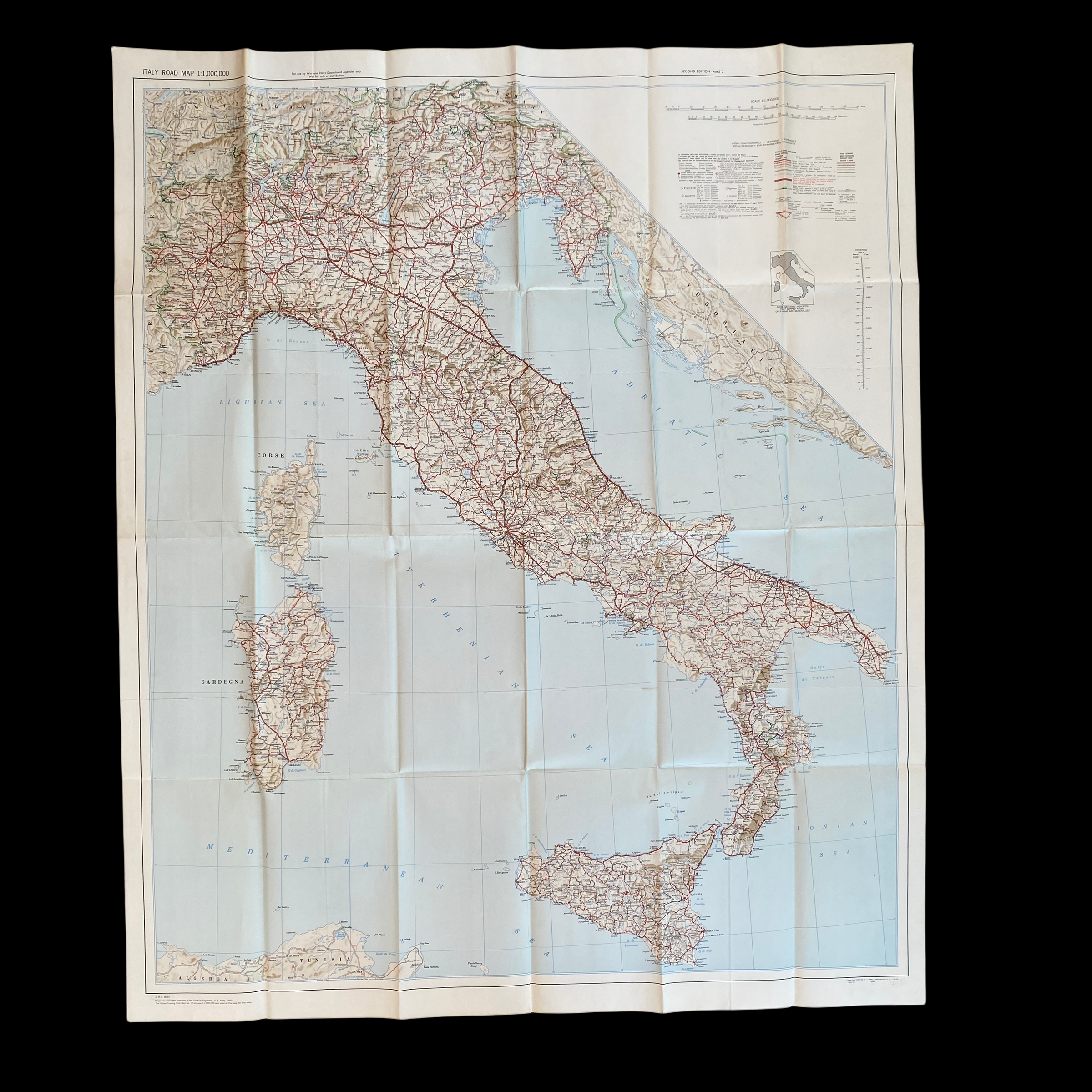

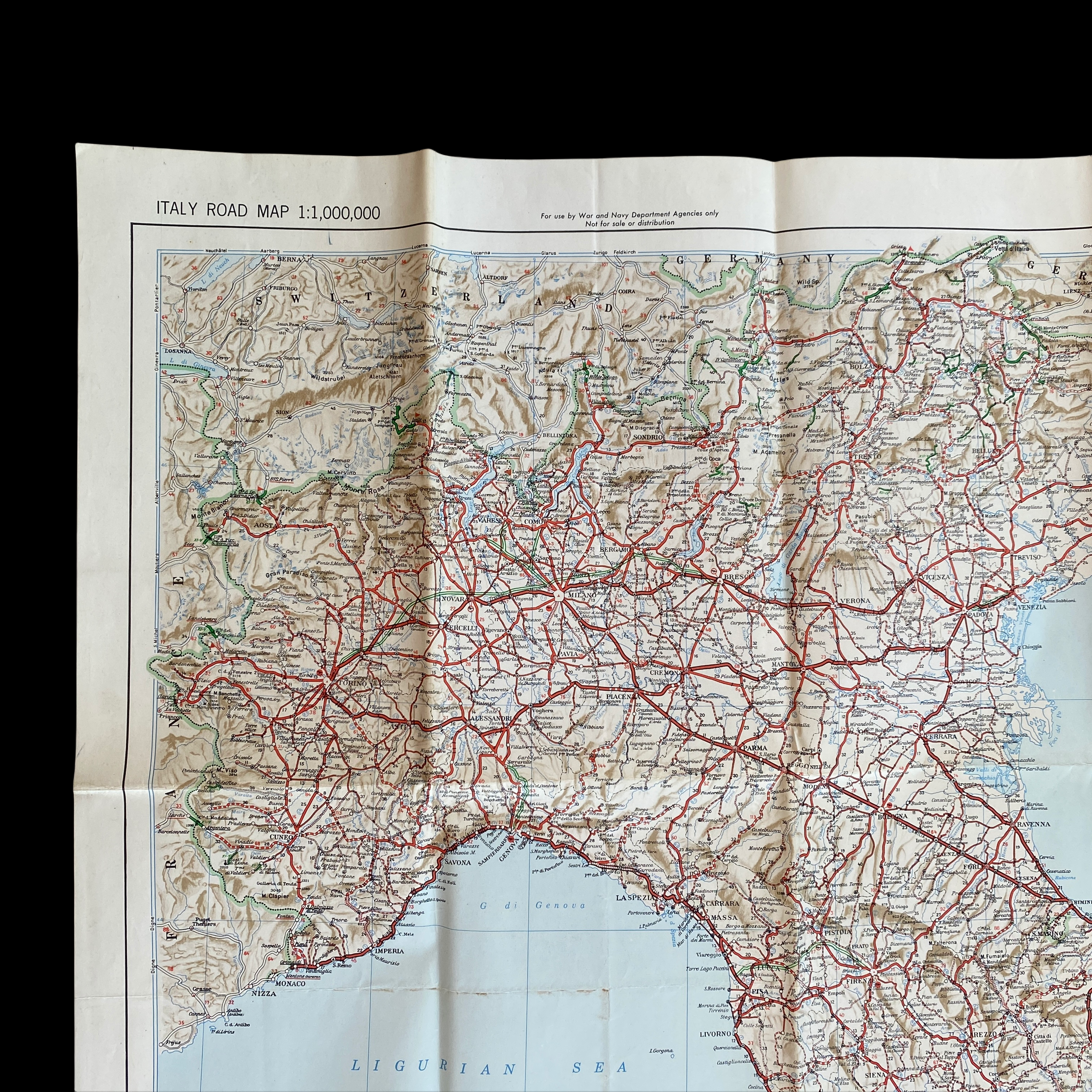
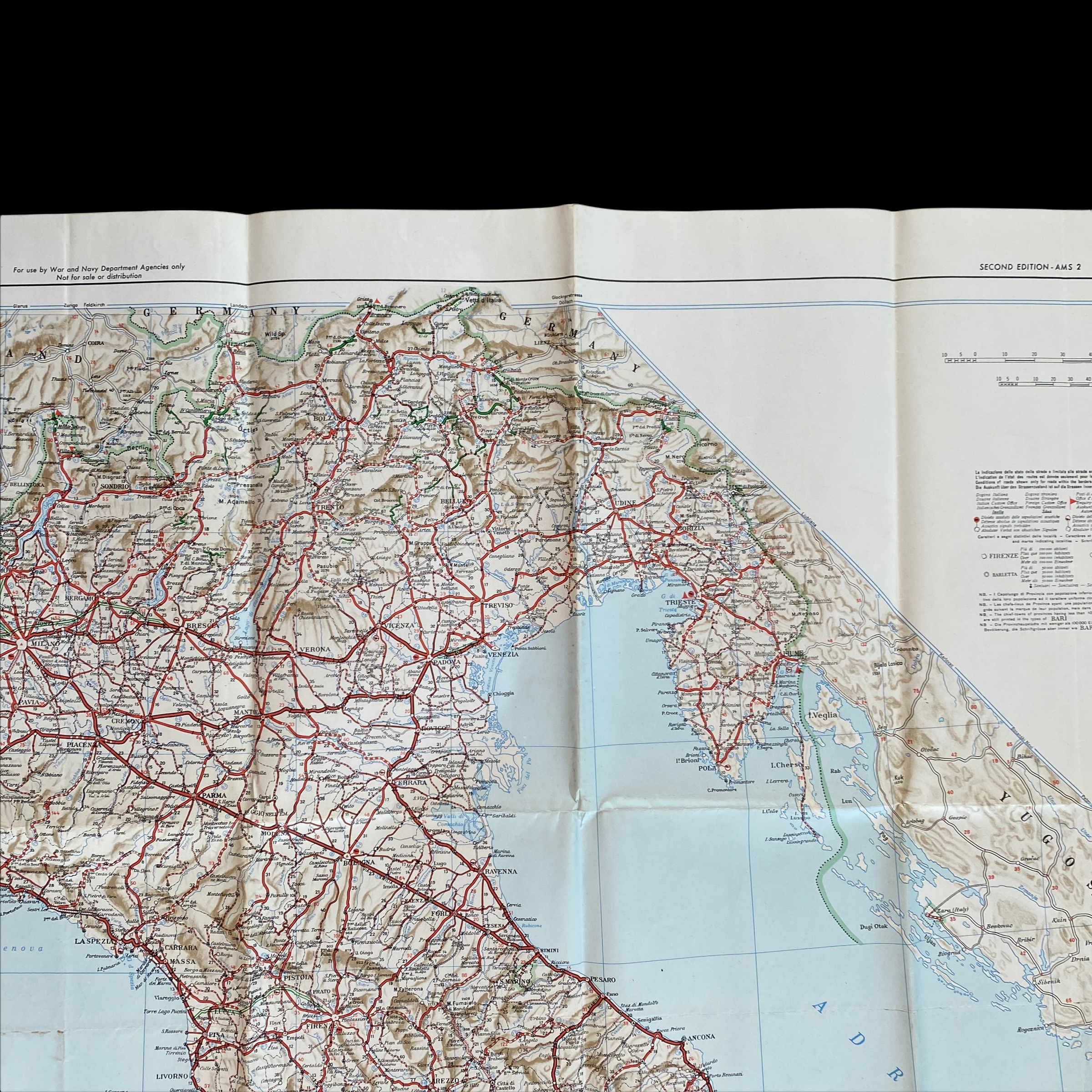
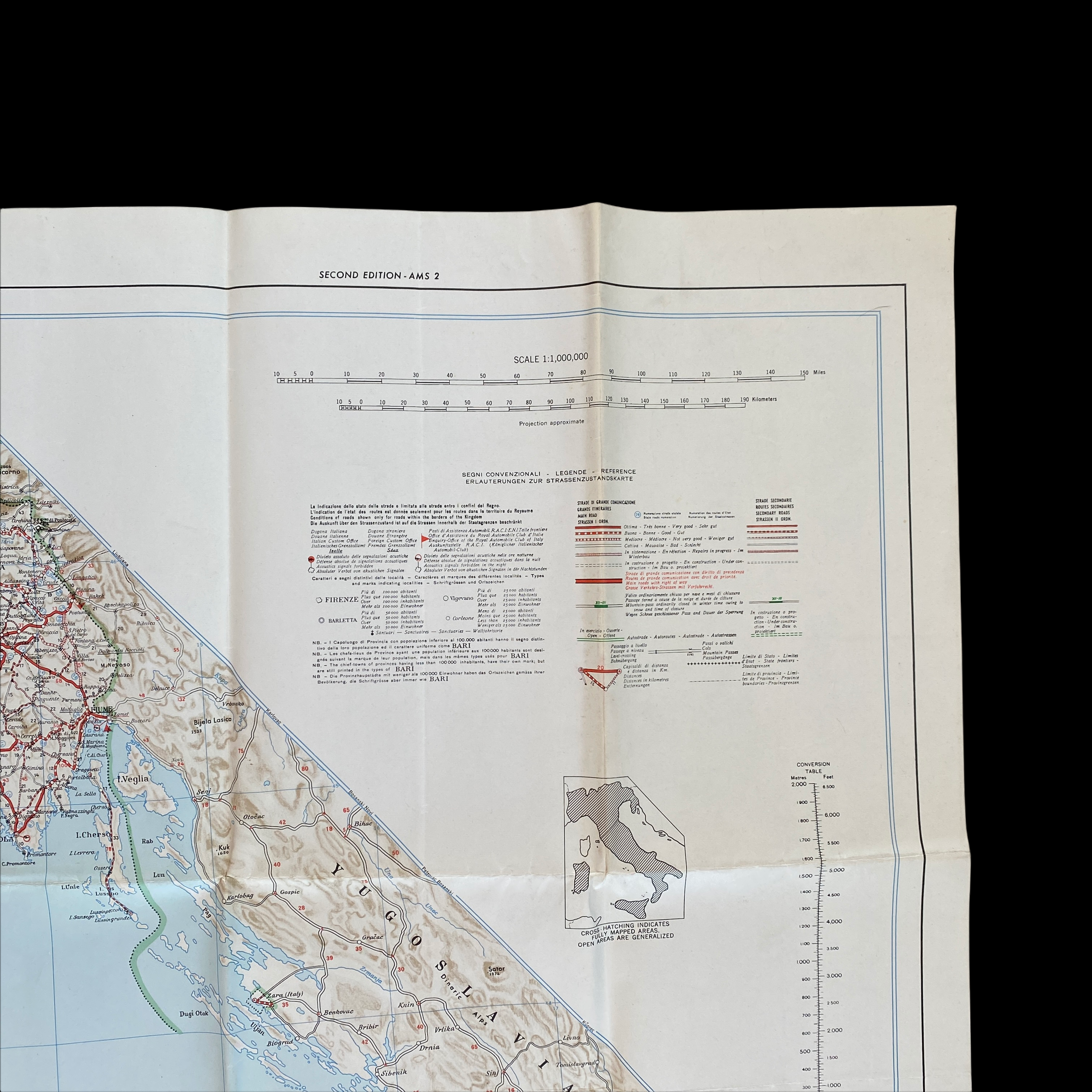
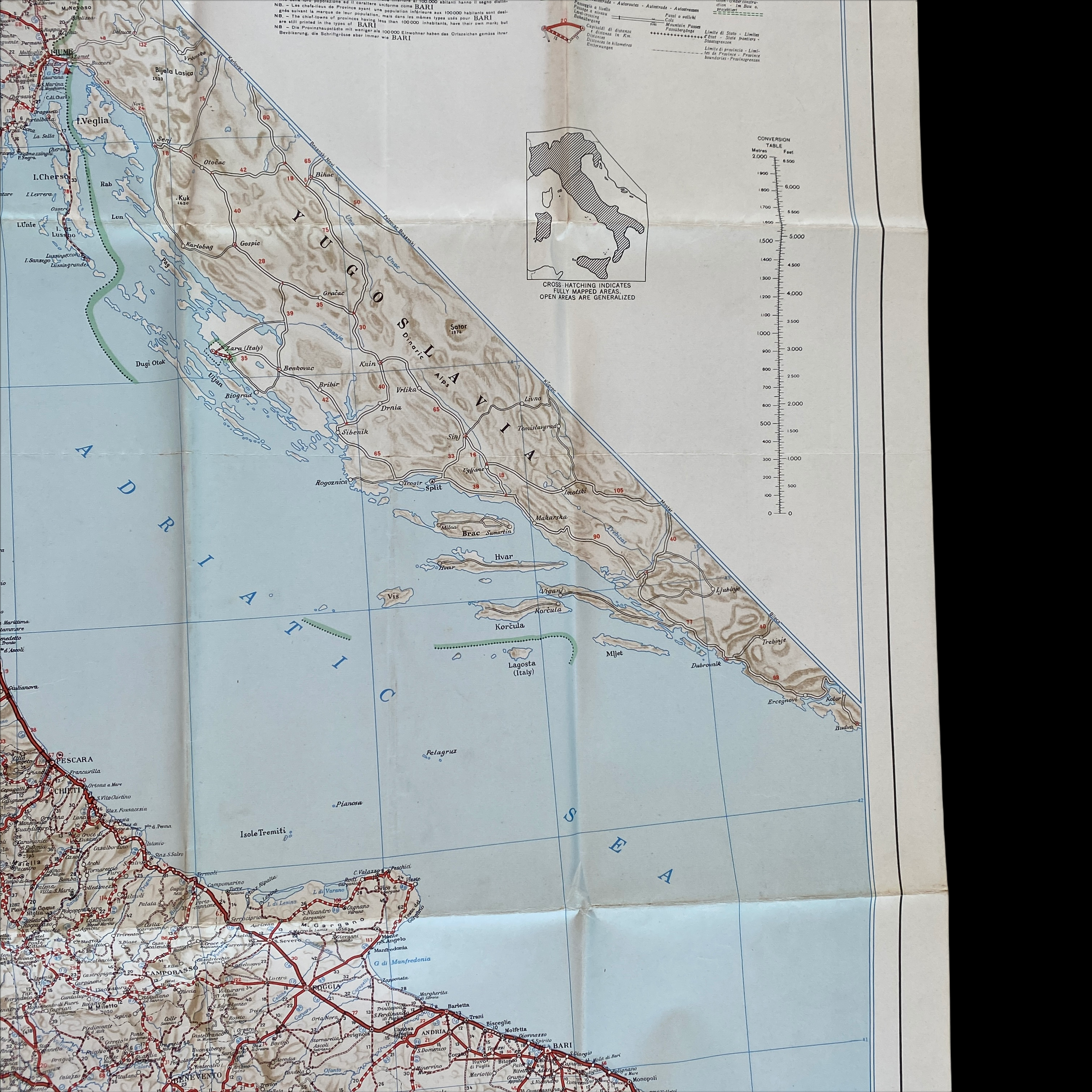
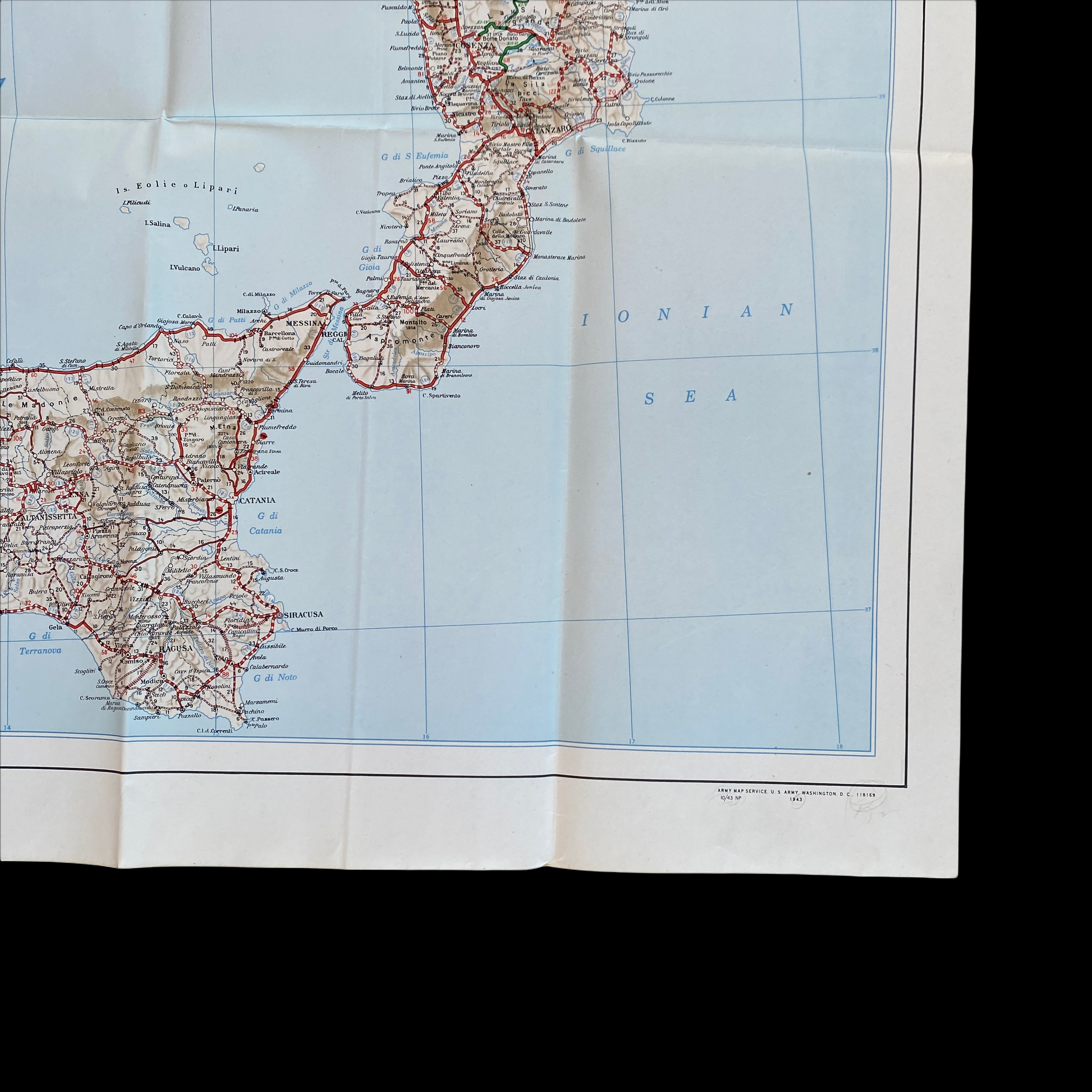
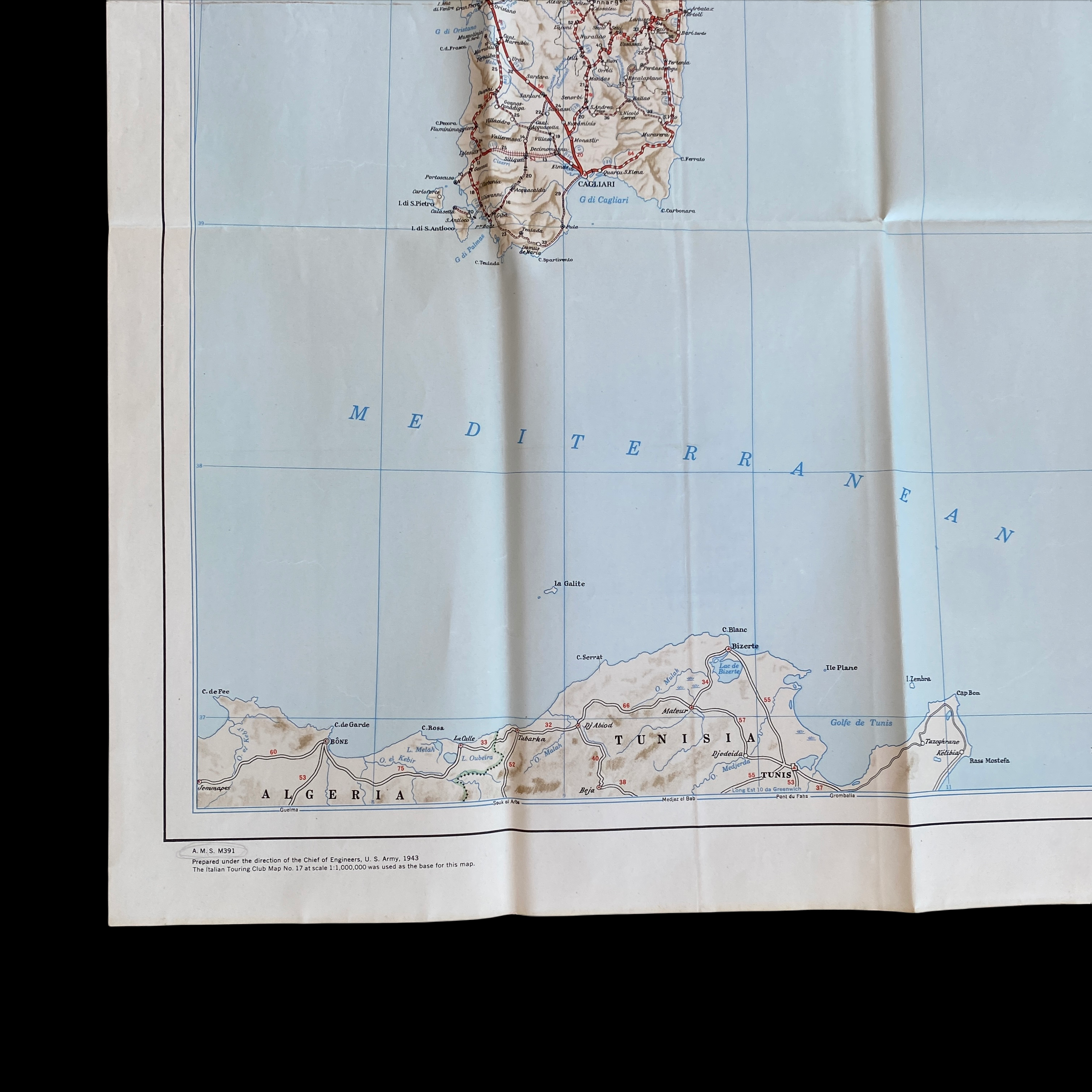
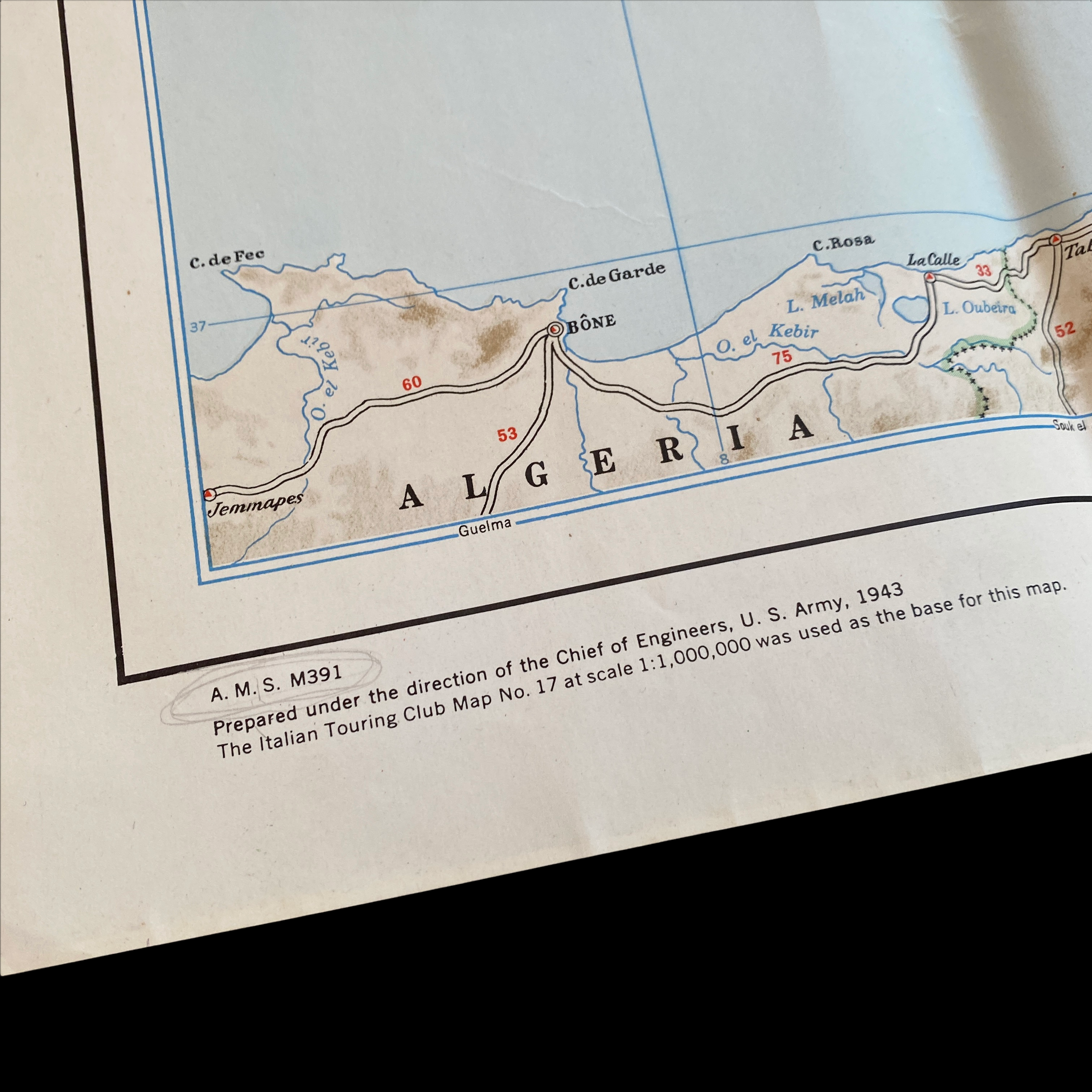
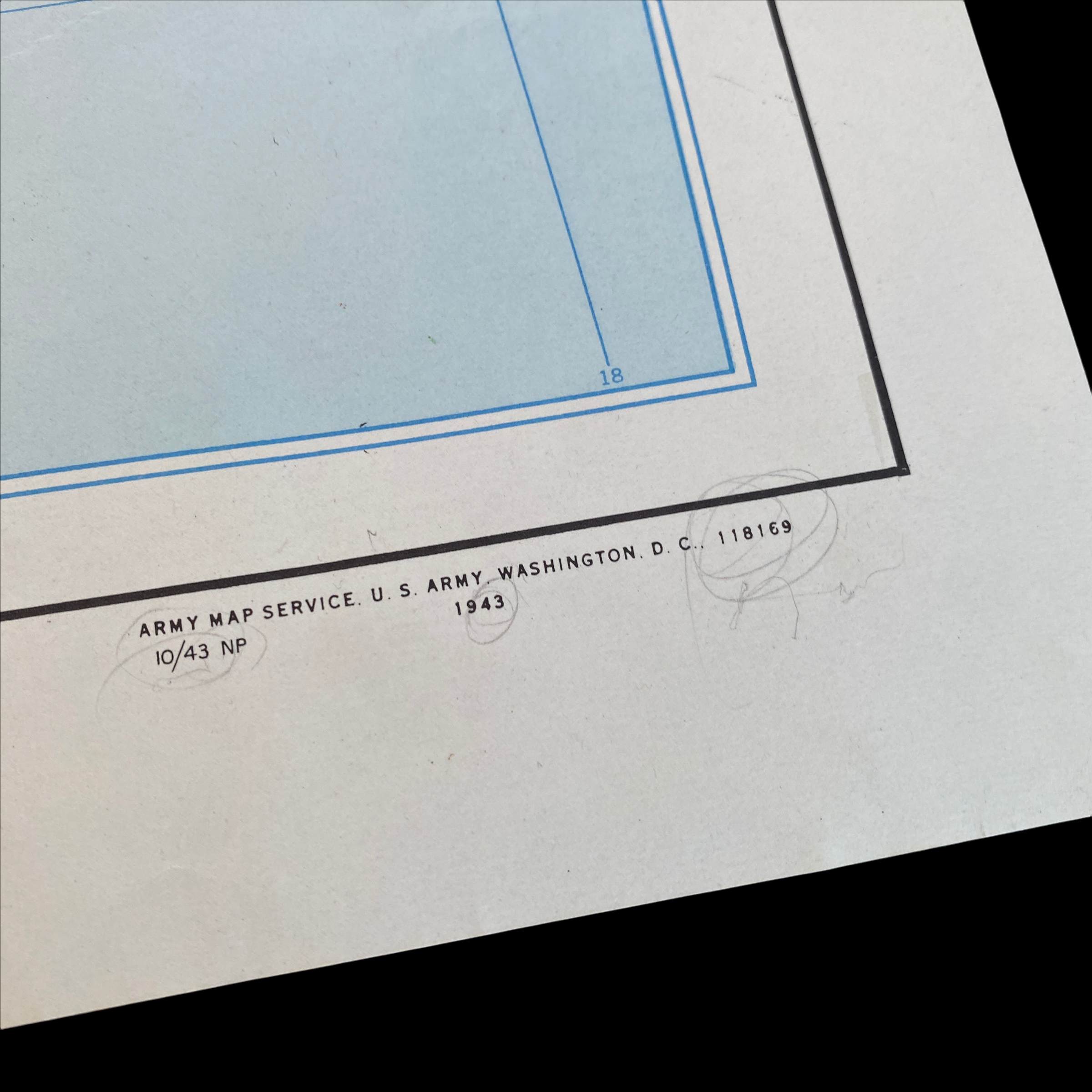
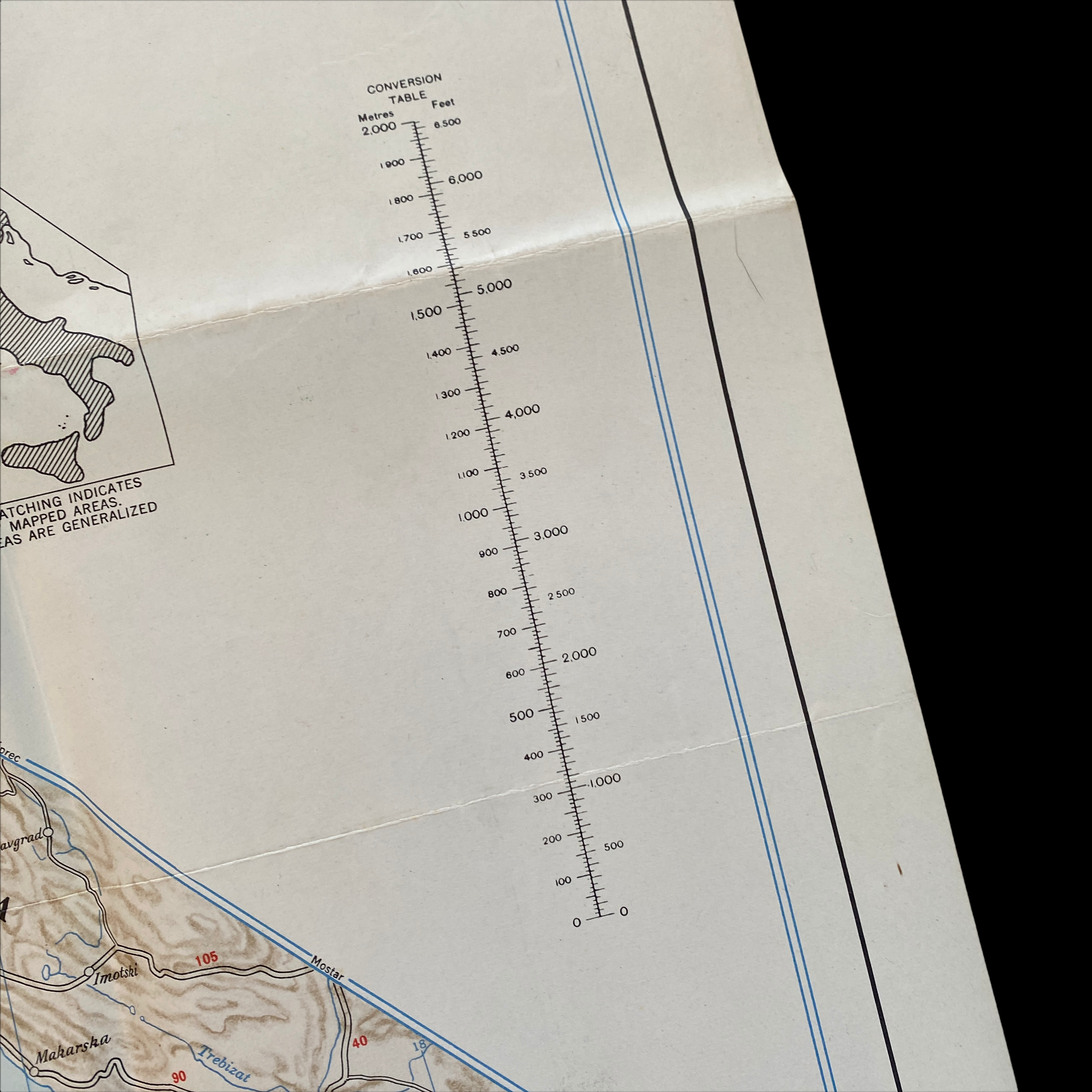



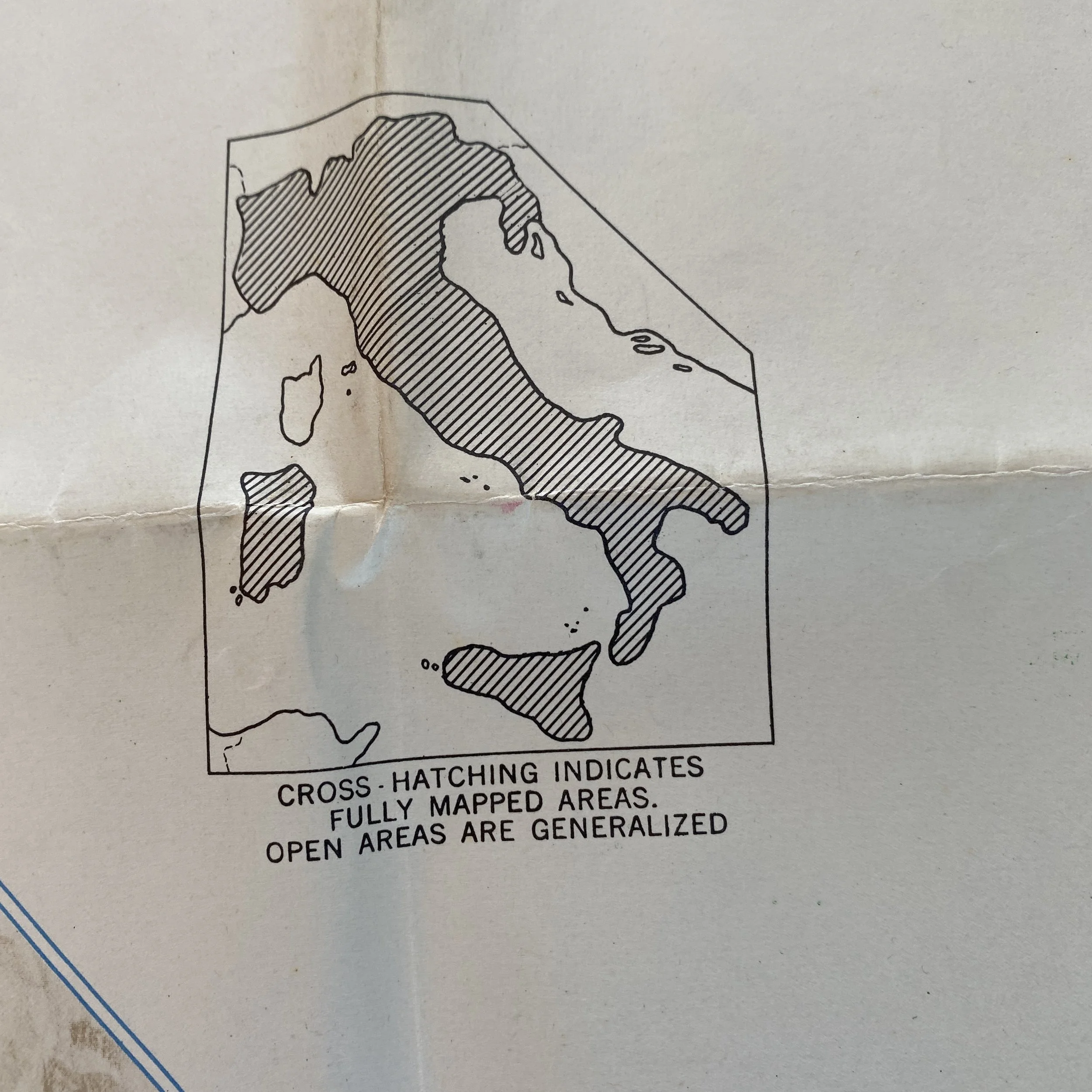



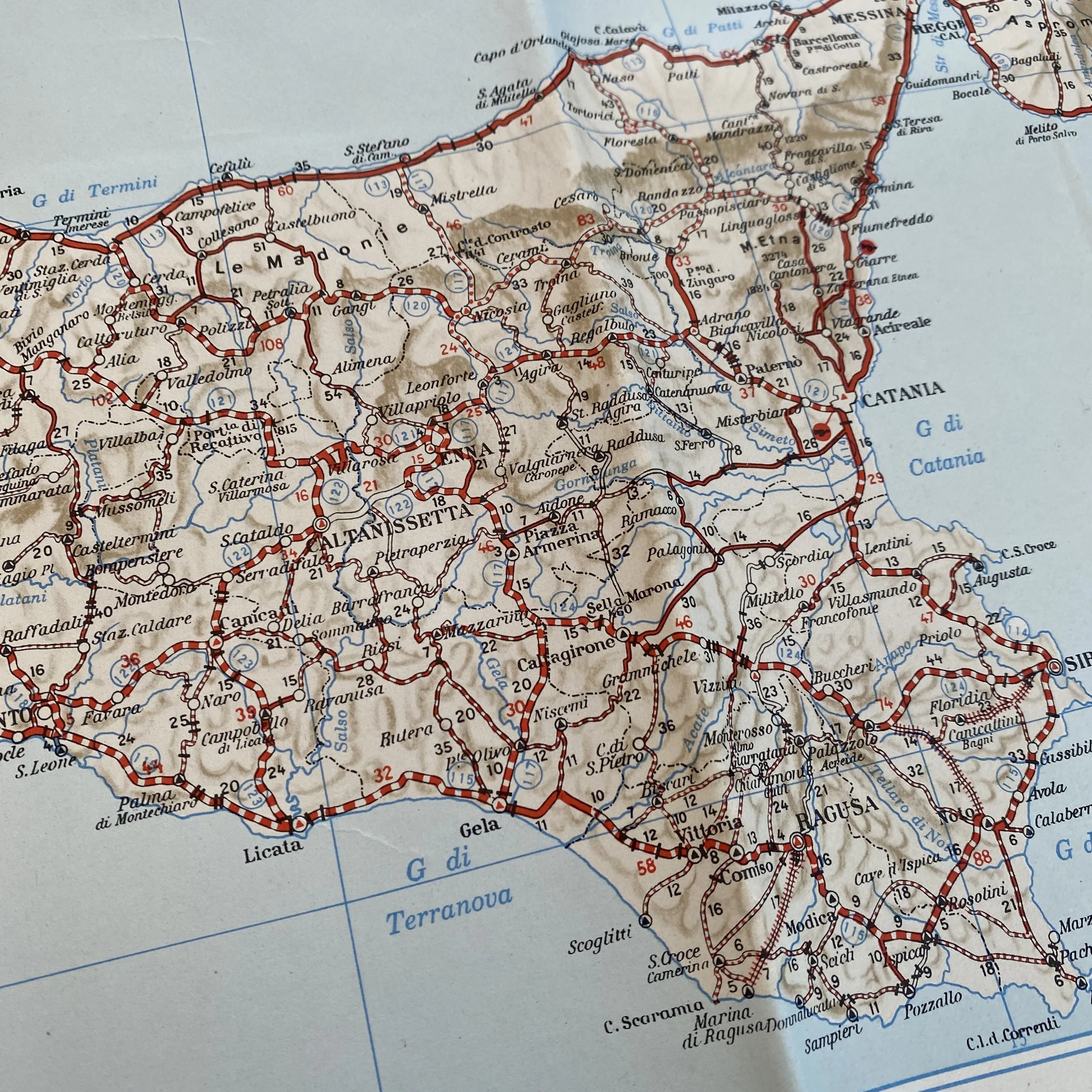

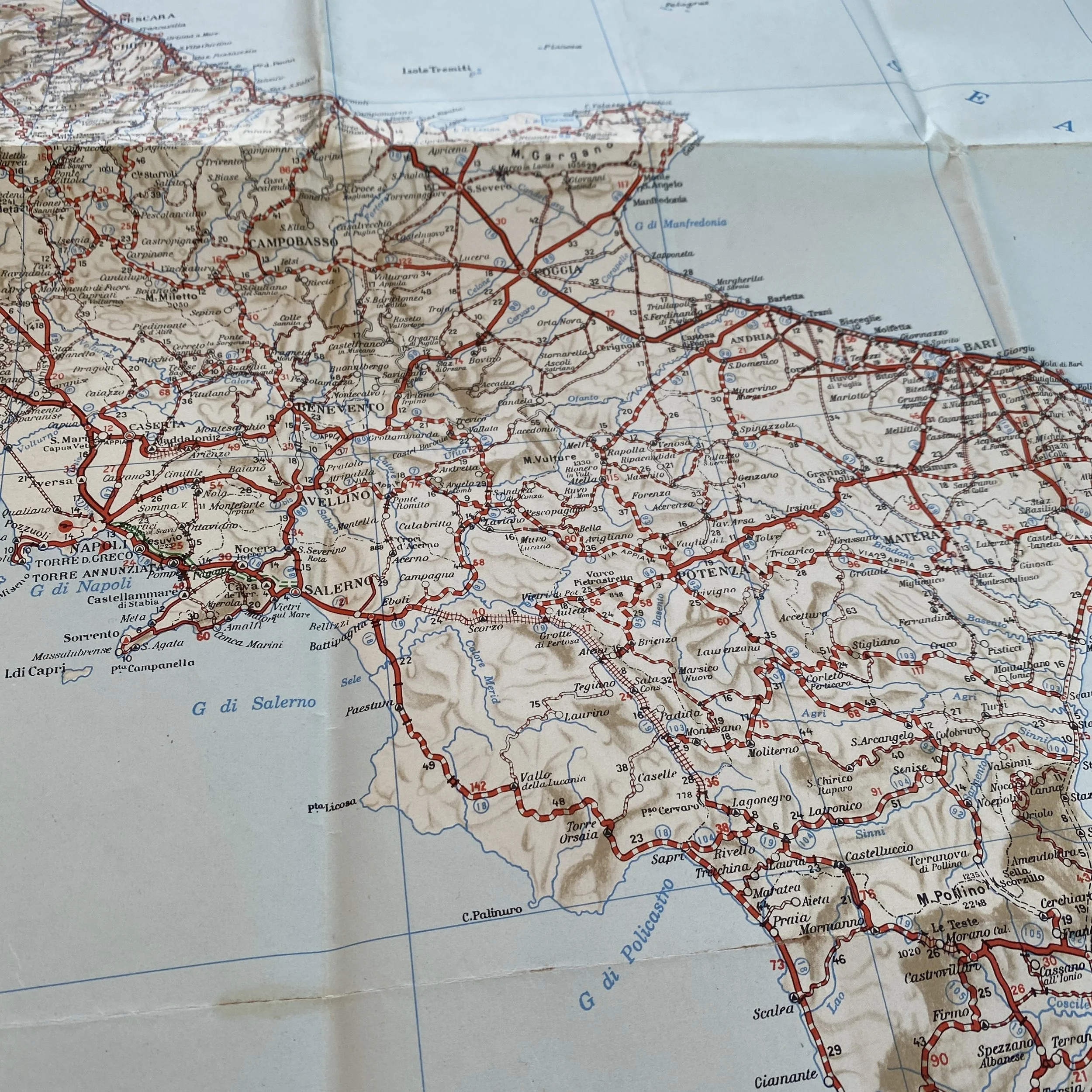
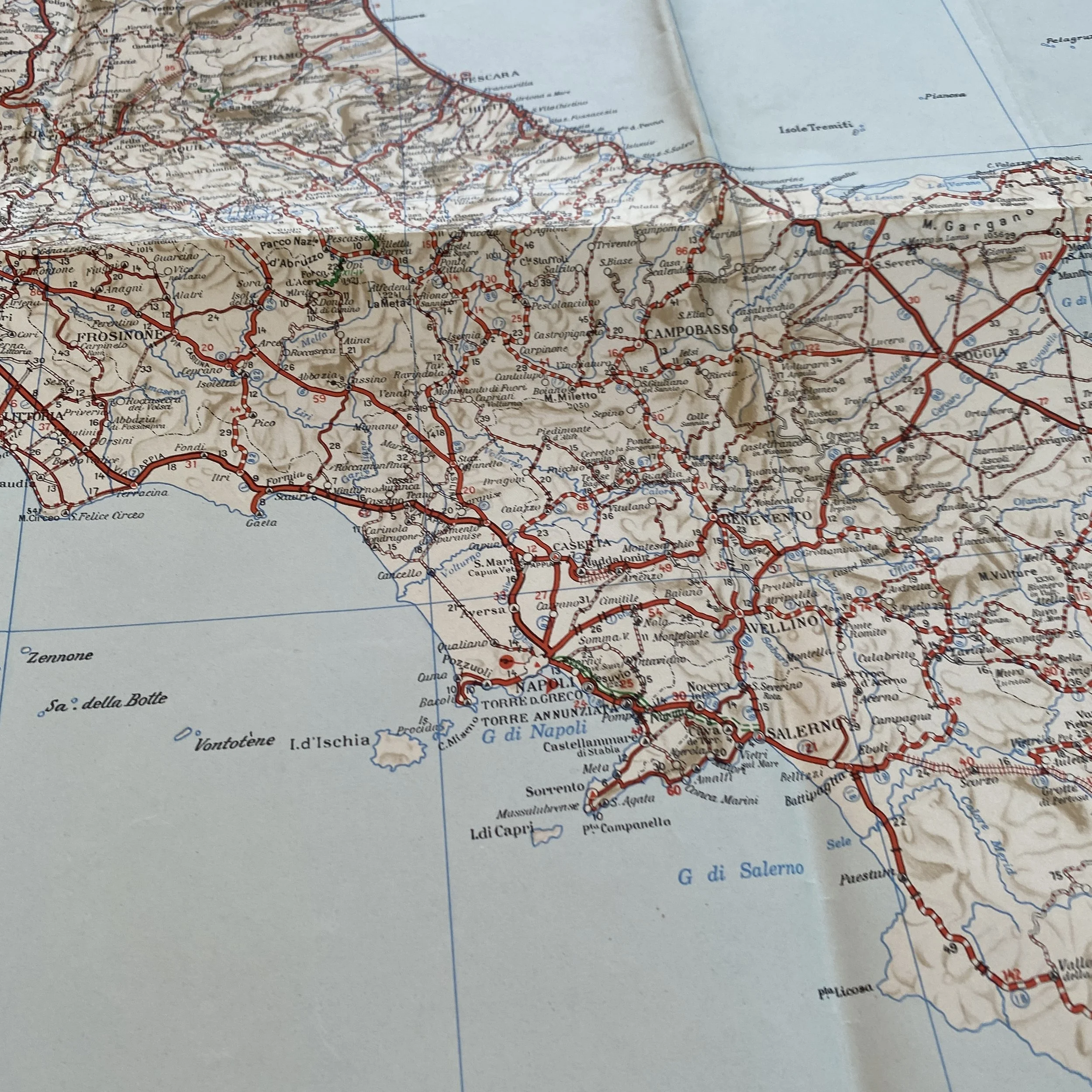
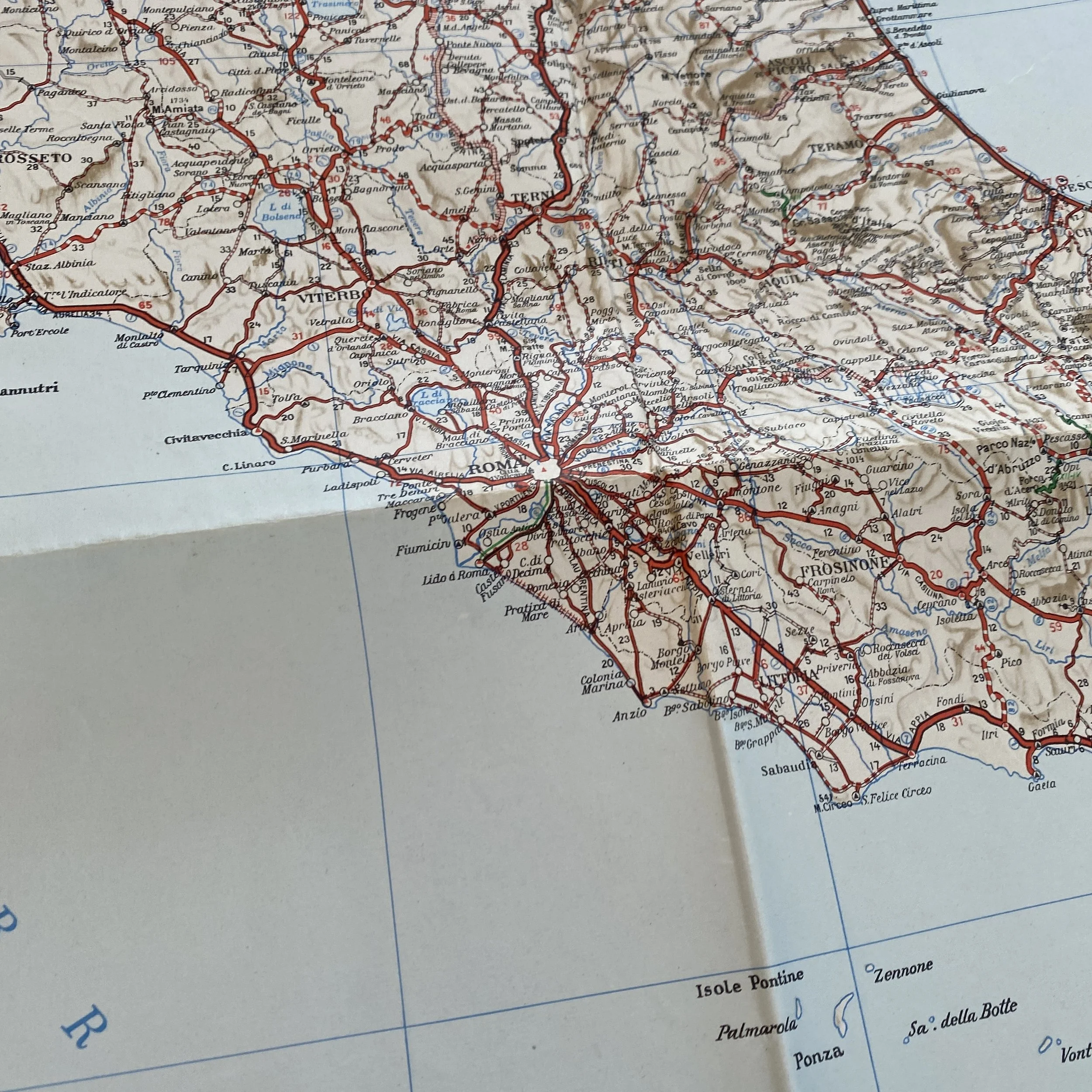


EXTREMELY LARGE WWII 1943 Italian Theater U.S. Army Operational Planning Map
Comes with C.O.A.
Size: 3.5 feet x 4.2 feet
This extremely large Italian Theater war map was printed in 1943 and was used for strategic U.S. Army planning of the Allied invasion of Italy. This map was made with an extremely detailed legend for strategic military success in that region. Because if it's extremely large size this is not a map that would've been commonly used and pulled out in battle and rather was used in a command post and more high ranking officer and general stations.
The Allied invasion of Italy was the Allied amphibious landing on mainland Italy that took place in September 1943, during the Italian campaign of World War II. The operation was undertaken by General Sir Harold Alexander's 15th Army Group (comprising General Mark W. Clark's American Fifth Army and General Bernard Montgomery's British Eighth Army) and followed the successful Allied Invasion of Sicily. The main invasion force landed around Salerno on 9 September on the western coast in Operation Avalanche, while two supporting operations took place in Calabria (Operation Baytown) and Taranto (Operation Slapstick).
This ‘SECOND EDITION’ military intelligence road map of Italy was used for the operational planning and movement of troops and supplies in the Mediterranean Theater. This early World War II theater planning map could have been used by high-ranking U.S. Army and AFHQ officers and officials in charge of operational planning and strategy in the Mediterranean Theater of Africa, Sicily, and Italy.
The operational command of the MTO USA was a combined U.S.–British operational command called Allied Forces Headquarters (AFHQ), which planned and directed ground, air, and naval operations and military government activities in the North African and Mediterranean theatres of operations. It was created on September 12, 1942 to launch a combined U.S.–British operation against the northern and northwestern coast of North Africa. In February 1943 the authority of AFHQ was extended to include the British Eighth Army, commanded by Lieutenant General Bernard L. Montgomery, which, having advanced westwards after the Second Battle of El Alamein, was approaching the border of Tunisia where the American, British and French forces serving in the British First Army, commanded by Lieutenant General Kenneth A. N. Anderson, had been fighting the campaign in Tunisia.
Initially, AFHQ was located in London, England from September until November 1942. It relocated to Algiers in Algeria in November 1942 and remained there until July 1944. From Algiers it moved to Caserta in Italy until April 1945. Its last relocation was to Leghorn (Livorno), Italy between April 1945 until April 1947.
The initial Commander-in-Chief (C-in-C) of the Allied (Expeditionary) Force, was General Dwight D. Eisenhower. General Eisenhower, as Supreme Allied Commander, had the ultimate responsibility. The British General Sir Harold R. L. G. Alexander was Deputy C-in-C, and was responsible for the detailed planning and preparation, and the actual conduct, of combat operations. In effect, Alexander was the ground commander.
Shortly after the establishment of the headquarters, expeditionary was deleted from its title for reasons of operational security. Having overseen the campaign in Tunisia, the invasion of Sicily and the invasion of Italy and the early stages of the Italian Campaign, Eisenhower left AFHQ and returned to England in late 1943 to assume command of the forces assembling for Operation Overlord, codename for the Allied landings in Northern France. He was succeeded at AFHQ by Field Marshal Sir Henry M. Wilson. Wilson's title became Supreme Commander, Mediterranean Theatre of Operations, and the American Forces then came under Lt. Gen Jacob L. Devers, who had been Commanding General, ETO since May 1943. As such Wilson exercised strategic control over the campaign in Italy. He strongly advocated the invasion of Germany via the Danube plain (instead of Operation Dragoon, the codename for the Allied invasion of Southern France), but this did not take place as the Allied Armies in Italy (AAI) were constantly weakened to support other theaters of war.[6] Wilson was in command for just under a year, until he was sent to Washington in December 1944 as head of the British Joint Staff Mission. Wilson was succeeded by Field Marshal Sir Harold Alexander who was Supreme Commander and commander of AFHQ until the end of the war.
For administrative purposes, U.S. components were responsible to Headquarters North African Theater of Operations, United States Army (NATOUSA), from February 14, 1943 (NATOUSA redesignated Mediterranean Theater of Operations, United States Army, MTOUSA, October 26, 1944). The British components were responsible to General Headquarters Central Mediterranean Forces (CMF), from October 1, 1945.